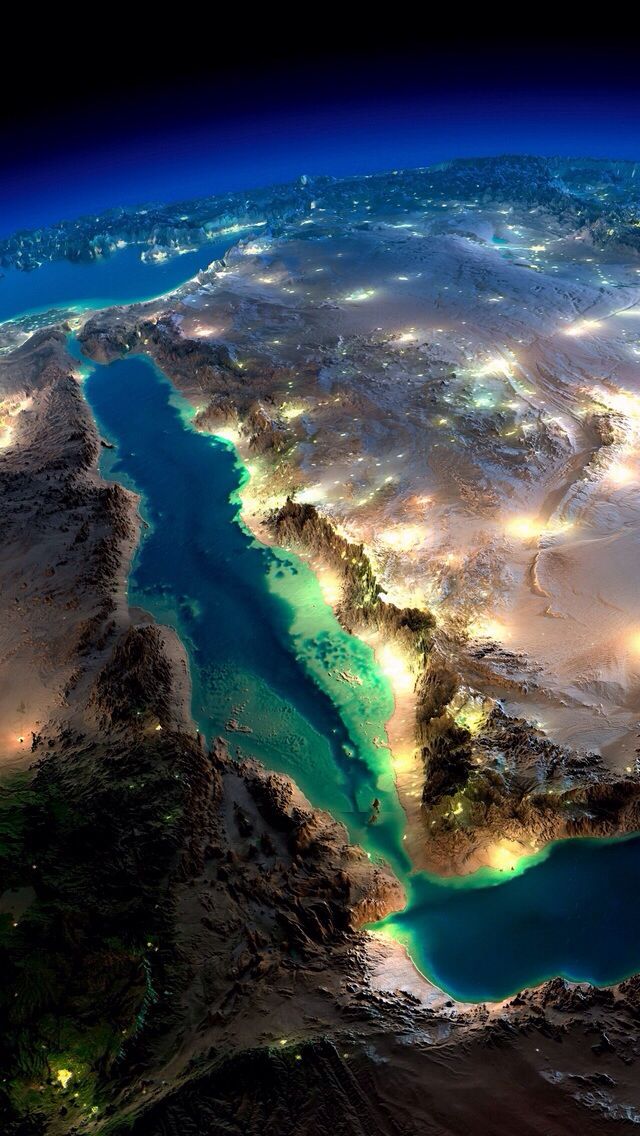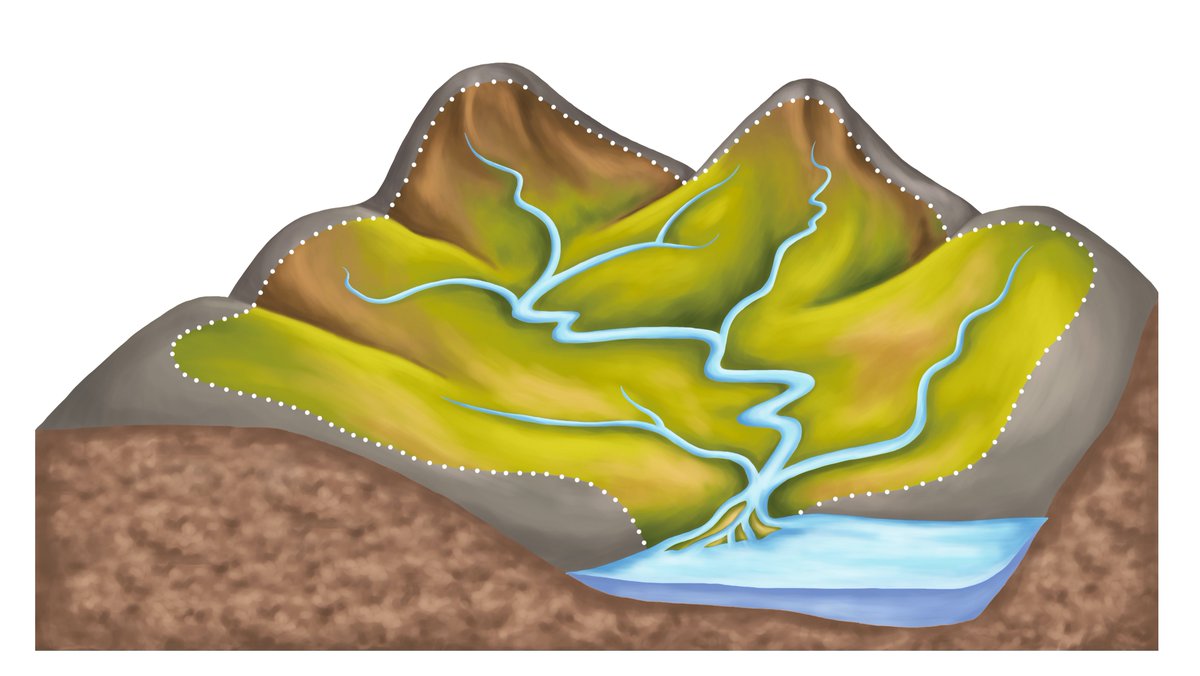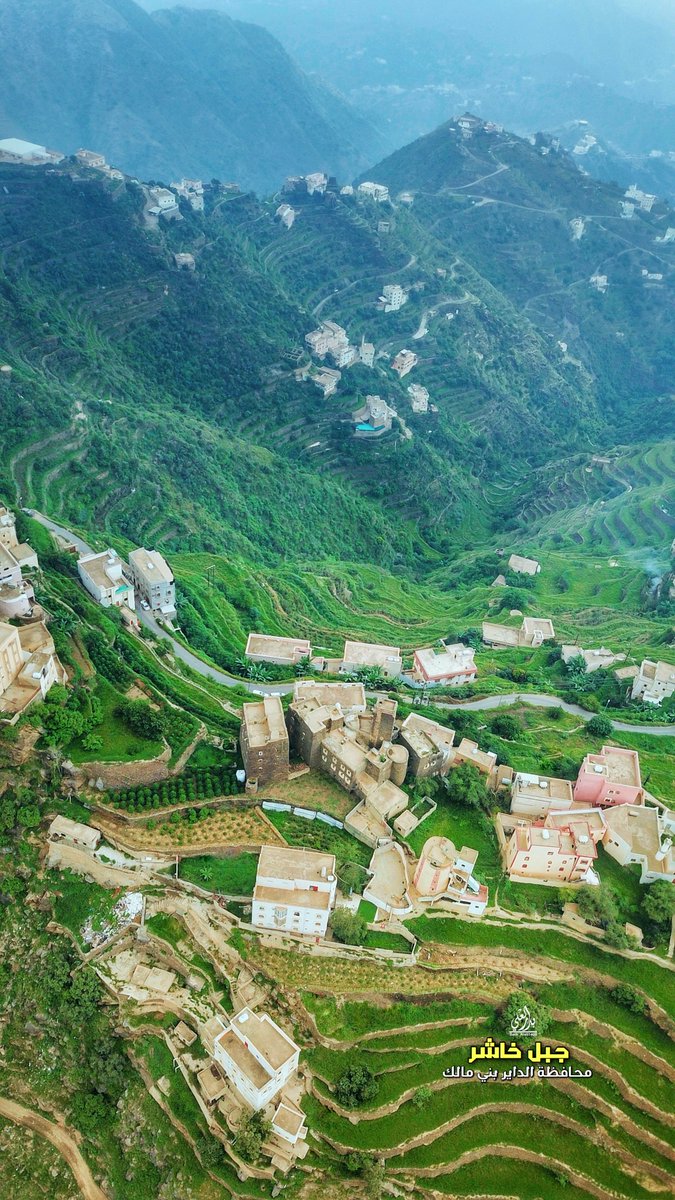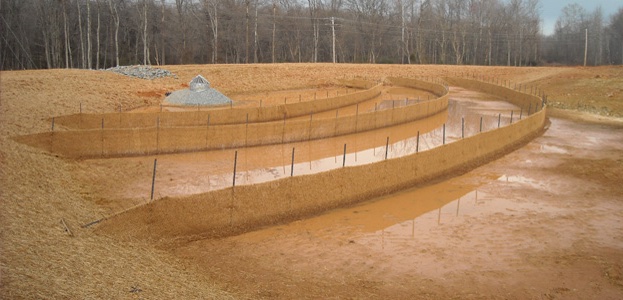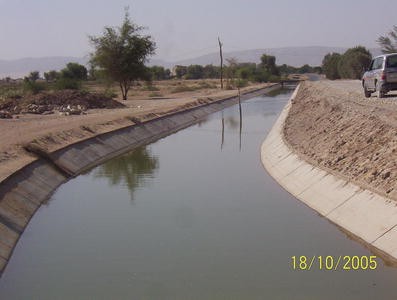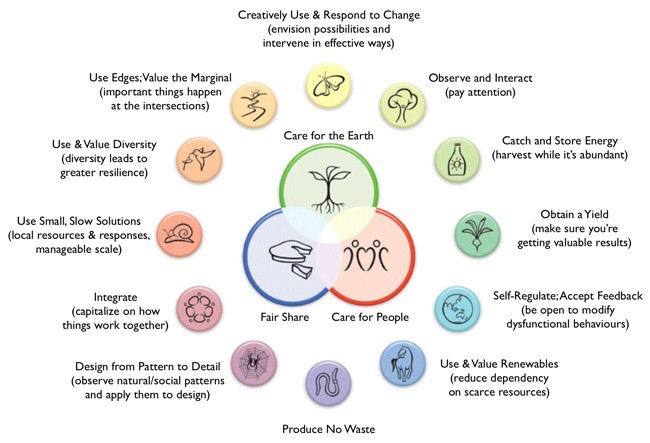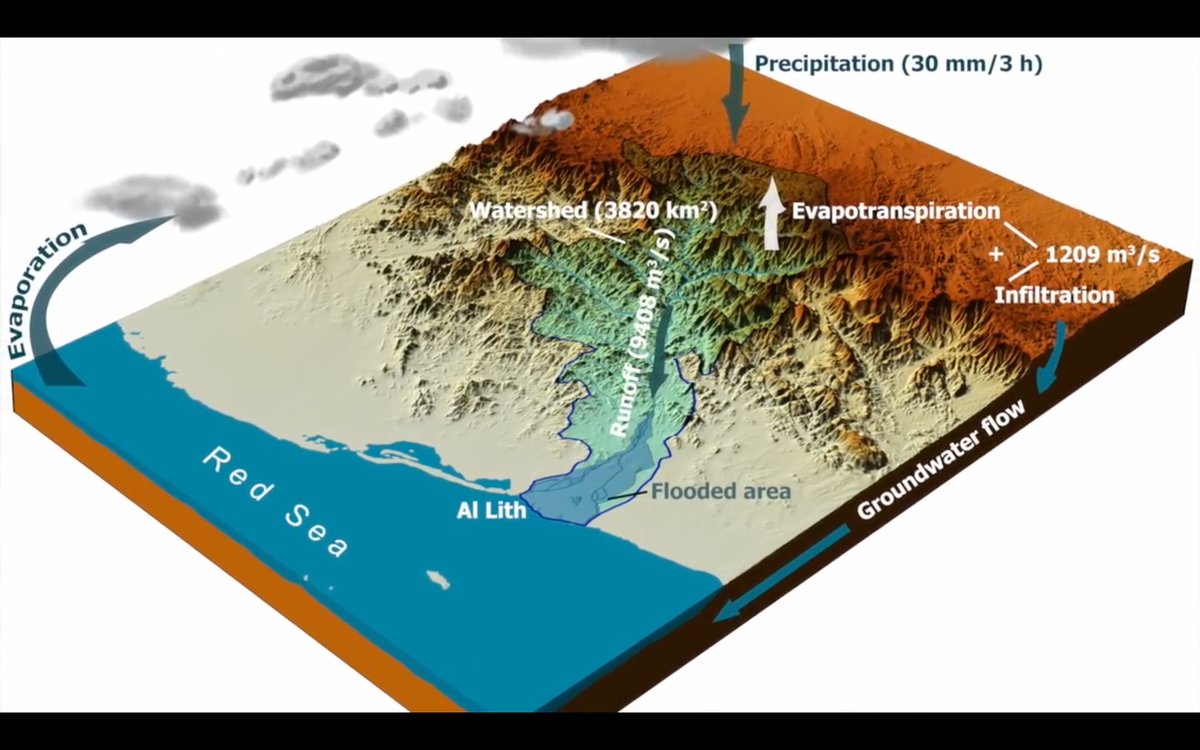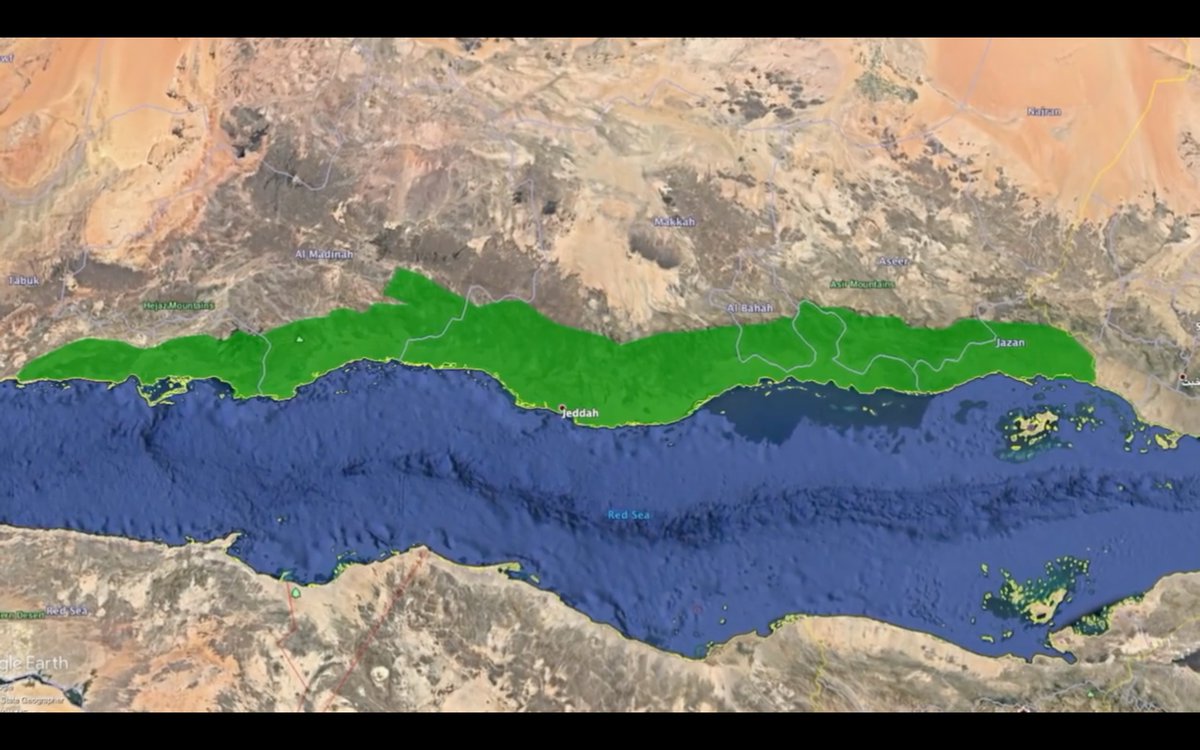Did you know that 90% of all freshwater (rainfall) flows into the Red Sea off of the western coast of Saudi Arabia? What if I told you that this doesn& #39;t have to be the case and that this was changeable using tried and tested methods that have been around for thousands of years?
The entire west coast of Saudi Arabia is essentially a drainage basin for the Sarawat Mountains Watershed, resulting in the loss of a great wealth of rainwater and minerals. But all that can be rectified by looking to our forefathers for answers.
By intervening in every watershed across the whole of the western coast, using step dams, mountain terraces, silt traps, canals, and collection points, we can capture a lot of that freshwater and minerals; thus replenishing natural underground aquifers.
By implementing tried and tested Permaculture principles, we can reverse the desertification of the entire coastline in the process; thus reintroducing a rich, biodiverse environment to the region.
Let us take Wadi Al-Lith for example. A typical flood there releases enough water into the Red Sea to irrigate 130 million indigenous trees for 3 years. 130 MILLION trees for 3 YEARS!
Using Permaculture practices, our region could be transformed into a mix of desert and mountain agroforestries as well as coastal Mangrove and sea plant agroforestries along the Red Sea coast.
While not cheap (costing several billion), it would have a positive economic impact (+ 3-5% of GDP, jobs, sellable goods) and would sequester an enormous amount of carbon, potentially increase rainfall and create the first permanent rivers in Saudi Arabia since the last ice age.
I& #39;d like to take this opportunity to give a shout out to my friend and brother, @madinahdate, for his help with this thread. I would also like to share this video with you of the Al-Baydah Project, 50km south of Makkah, as a source and reference: https://www.youtube.com/watch?v=T39QHprz-x8&t=868s">https://www.youtube.com/watch...

 Read on Twitter
Read on Twitter